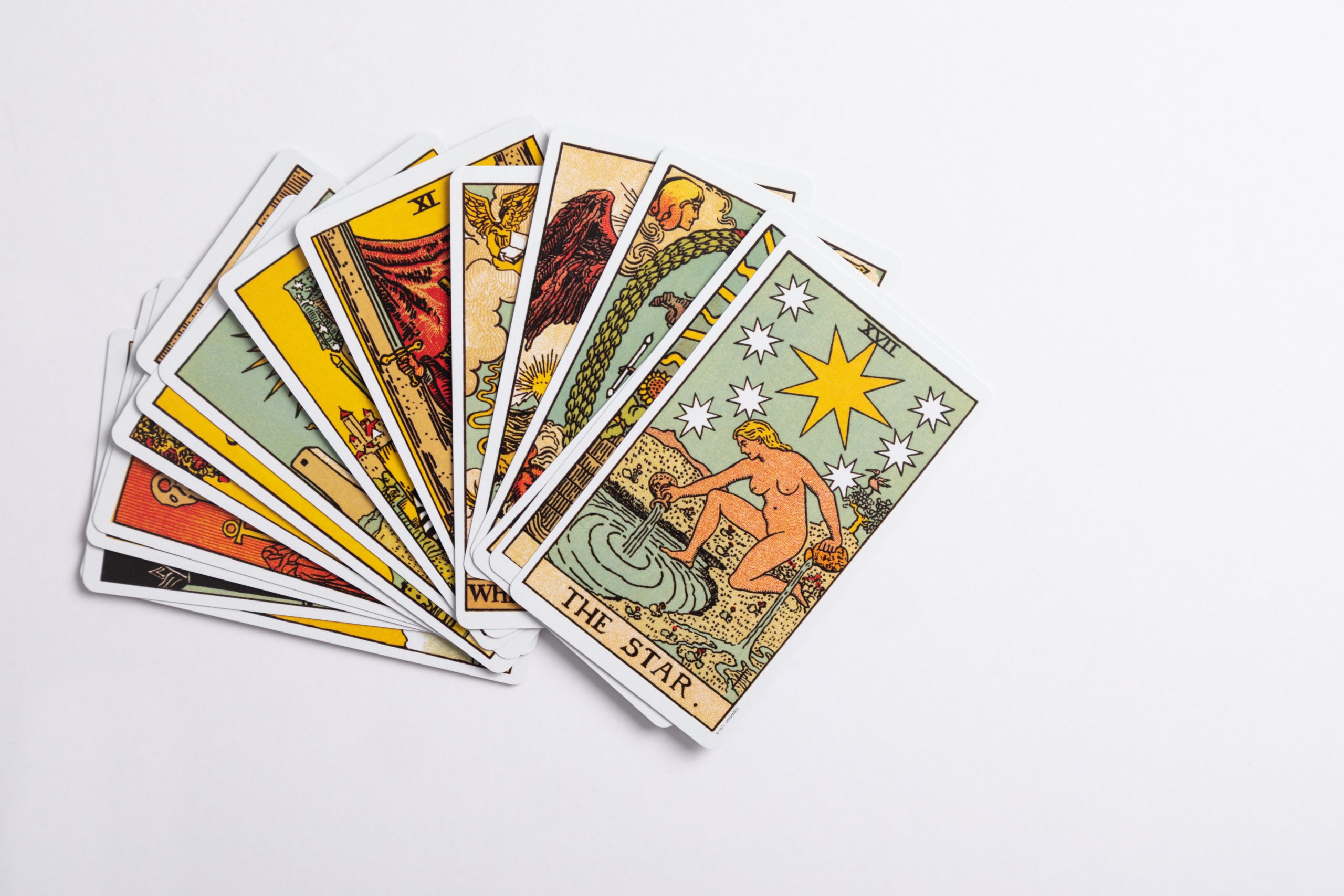Exploring the World of Daoism through Pictures
The ancient philosophy of Daoism, also known as Taoism, is deeply rooted in Chinese culture and has captivated the imagination of people around the world for centuries. While understanding the complexities of Daoism requires extensive study and reflection, visual representations can offer glimpses into its profound concepts and practices. In this blog post, we will embark on a visual journey to explore Daoism through a collection of stunning pictures that showcase its core principles, symbols, and rituals.
1. Yin and Yang: The Harmony of Opposites
The concept of yin and yang lies at the heart of Daoism, symbolizing the harmonious balance of opposing forces in the universe. Yin represents darkness, softness, and the feminine principle, while yang represents light, hardness, and the masculine principle. In Daoism, the interplay between these two complementary forces influences all aspects of life.

This mesmerizing picture, displaying the yin and yang symbol, encapsulates the essence of Daoist philosophy. The circular symbol, divided into two halves, portrays the continuous interdependence and transformation of opposites in the natural world. It serves as a reminder to seek equilibrium and embrace the inherent interconnectedness of all things.
2. The Eight Immortals: Divine Beings of Daoist Folklore
The Eight Immortals, an intriguing group of deities in Daoist folklore, are believed to have transcended mortality and achieved immortality through the practice of Daoist teachings. Each immortal possesses unique characteristics and powers, embodying different aspects of life.

This vibrant painting captures the essence of the Eight Immortals, showcasing their distinctive appearances and symbolic possessions. From left to right, the picture depicts Li Tieguai with his crutch, Lan Caihe with a basket of flowers, Zhang Guolao with a fish drum, Han Xiangzi with a flute, Cao Guojiu with castanets, He Xiangu with a lotus flower, Lu Dongbin with a sword, and Zhongli Quan with a feather fan. Each immortal’s portrayal reflects their individual paths and spiritual accomplishments.
3. The Laozi: Revered Sage and Author
Laozi, often considered the founder of Daoism, is renowned for his text called the Dao De Jing. This ancient philosophical work provides insight into Daoist beliefs and practices, emphasizing the path of non-action (wu wei) and the connection with the natural flow of the universe.

This majestic statue of Laozi invokes a sense of wisdom and serenity. With a long white beard and a gentle expression, it reflects the veneration attributed to this revered sage. The statue serves as a reminder of Laozi’s profound teachings and the importance of seeking harmony with the Dao.
4. The Three Pure Ones: Supreme Daoist Deities
The Three Pure Ones, also known as the Sanqing, are the highest deities in the Daoist pantheon. They represent the three celestial realms and are associated with different aspects of cosmic energy. Each deity embodies a specific virtue and governs various divine realms.

This awe-inspiring depiction of the Three Pure Ones showcases their transcendent qualities and divine attributes. From left to right, the painting portrays Yuanshi Tianzun, the Jade Pure One, Lingbao Tianzun, the Numinous Treasure Pure One, and Daode Tianzun, the Great Way Pure One. Their majestic appearances and vibrant colors evoke a sense of spiritual reverence and celestial grandeur.
5. Incense Rituals: Sacred Offerings and Prayers
Incense rituals hold significant importance in Daoist ceremonies and practices. Burning incense is considered a way of connecting with the divine, purifying the environment, and expressing reverence to deities and ancestors.

This mesmerizing picture captures the ambiance of an incense ritual in a Daoist temple. The wisps of fragrant smoke, the flickering flames, and the serene expressions on participants’ faces evoke a sense of tranquility and devotion. This visual representation allows us to appreciate the profound symbolism and spiritual significance of this ritual in Daoism.
Conclusion
Through these captivating images, we have embarked on a visual journey through the world of Daoism. Each picture offers glimpses into the profound philosophy, symbolism, and practices associated with this ancient wisdom tradition. From the representation of the harmonious interplay between yin and yang to the lively depiction of the Eight Immortals, these images deepen our understanding and appreciation of Daoism’s rich heritage.
Remember, these pictures are mere snapshots – gateways to a world that spans dimensions. To truly grasp the depth and intricacies of Daoism, further exploration and study are paramount. Nevertheless, visual representations can provide inspiration and serve as a starting point for delving into the fascinating realm of Daoist teachings.
So, let these pictures guide you on a journey of self-discovery and reflection, where you can explore the beauty and wisdom embodied in Daoism’s visual imagery.
Table of Contents
